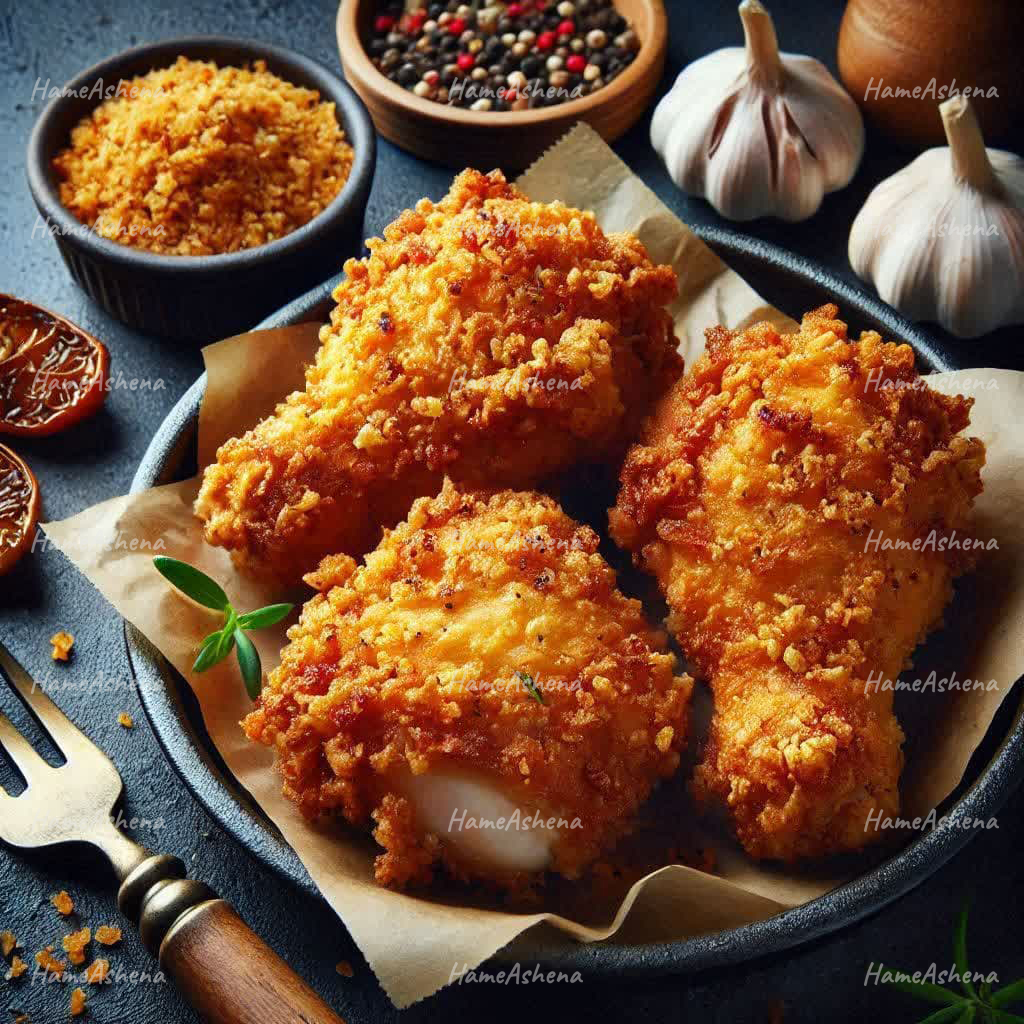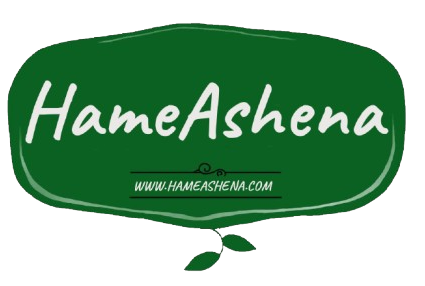- Panko Bread Crumbs:
Panko bread crumbs are a type of Japanese bread crumbs known for their light and crispy texture. Let's explore their nature, history, differences, and more.
- Nature of Panko:
Panko is a type of bread crumb made from crustless white bread. Due to its unique structure, foods coated with panko have a crispy and light texture after frying and absorb less oil.
- History of Panko:
Panko originally comes from Japan. The word "pan" in Japanese means bread, and "ko" means small pieces. Therefore, "panko" means small pieces of bread. This bread crumb was initially introduced to Japan by the Portuguese and later used in Japanese cuisine.
Differences Between Panko Bread Crumbs and Coating Bread Crumbs:
- Texture: The main characteristic of panko bread crumbs is their coarse, needle-like shape, which gives them an incredibly airy and light texture, making them distinct from others. In contrast, coating bread crumbs are usually finer, more compact, and round.
- Oil Absorption: Panko bread crumbs absorb less oil, making the food less greasy and healthier.
- Usage: Panko bread crumbs are mainly used in Japanese dishes such as meat, chicken, and vegetable cutlets, while coating bread crumbs are used in a variety of dishes.
Methods of Making Panko Bread Crumbs: In the past, panko bread crumbs were made manually using dried bread. Today, the production of panko bread crumbs is industrialized and done using advanced machinery.


